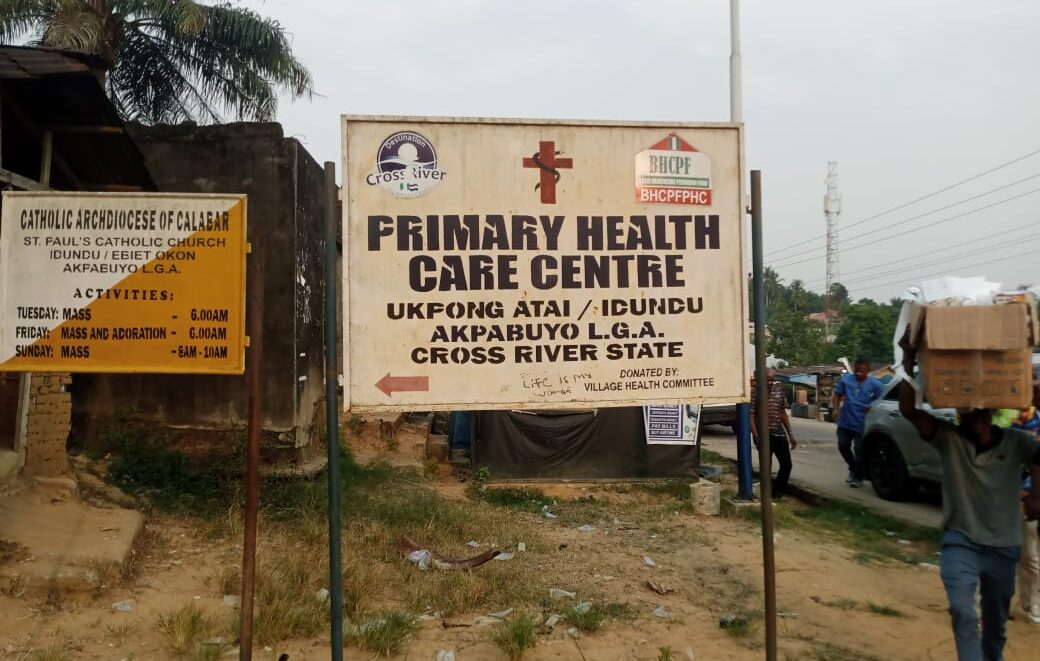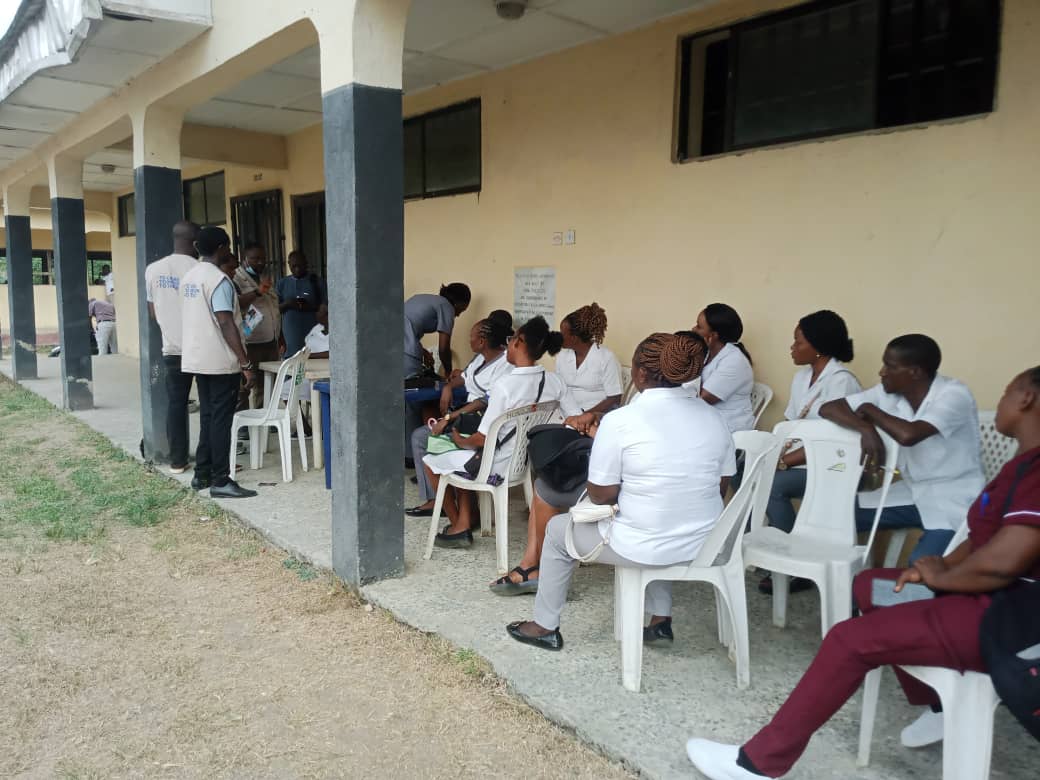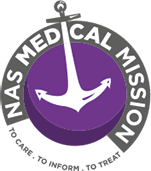
INTRODUCTION
The NAS Q2 Medical Mission, a core component of the NAS Charity Project, was carried out in Ukpong Atai/Idundu community, located in Akpabuyo Local Government Area of Cross River State, Nigeria. This outreach was strategically aligned with the Cross River State government’s “People First” mantra and was designed to deliver critical medical services to underserved and vulnerable populations.
The medical mission provided a wide range of healthcare services including health education, disease prevention, diagnosis, treatment, pharmaceutical support, and referrals to secondary and tertiary healthcare facilities such as the General Hospital, Calabar and the University of Calabar Teaching Hospital.
PRIMARY OBJECTIVES
The key objectives of the Q2 Medical Mission were as follows:
1. To provide free medical consultations and on-site treatment.
2. To promote health awareness and education on disease prevention and healthy practices.
3. To diagnose prevalent medical conditions through clinical and laboratory assessments.
4. To distribute prescription medication and corrective eyeglasses to beneficiaries.
5. To refer patients with more complex conditions to appropriate secondary and tertiary healthcare facilities.
MEDICAL MISSION OUTREACH
The outreach included the following key medical and health promotion activities:
– General and specialist medical consultations
– Health education and awareness campaigns
– Laboratory screenings
– Pharmaceutical dispensing
– Prescription of eyeglasses and ophthalmologic assessments
– Basic dental consultations including scaling, polishing, and extractions
– Referrals for specialized treatment
Despite infrastructure challenges, the mission successfully reached residents across age and gender groups, providing services on-site within Ukpong Atai/Idundu community.
VOLUNTEER PROFESSIONALS
The medical mission was executed with the support of a dedicated team of volunteer professionals, comprising:
• Medical Doctors: 11
• Nurses: 18
• Pharmacists: 4
• Laboratory Scientists: 3
• Other Medical Personnel (e.g., Dentists, Optometrists): 10
• Support Staff (e.g., logistics, record-keeping, security): 8
These volunteers ensured effective delivery of services, coordination, and follow-up throughout the mission.
MEDICAL IMPACT
The mission had a considerable impact, particularly among women, children, and the elderly. Services rendered included:
• 181 patients attended to through medical consultations
• 88 individuals received prescription eyeglasses
• 120 patients accessed ophthalmologic services
• 84 laboratory screening tests were conducted
• 20 patients received dental consultations (e.g., polishing, scaling, and extractions)
• 181 patients received pharmaceutical medications

The mission significantly contributed to improving community awareness about preventable diseases and provided timely medical relief to individuals who would otherwise not have access to such care.
PATIENT STATISTICS
Category/Number:
• Total Registered Patients – 181
• Adult Males – (18+) 43
• Adult Females – (18+) 112
• Male Children – (0–17 years) 9
• Female Children – (0–17 years) 14
• Total Male Patients – 57
• Total Female Patients – 124
DETAILS OF MEDICAL CASE CONSULTATIONS
SERVICES RENDERED AND BENEFICIARY NUMBERS
• General Medical Consultations – 181
• Surgical Consultations (Dental) – 20
• Prescription Eyeglasses Dispensed – 88
• Ophthalmologic Services Provided – 120
• Laboratory Screenings Conducted – 84
• Surgical Procedures Performed – Nil
– Pharmaceutical Dispensing – 181
• Morbidity Pattern – Not Specified
CHALLENGES ENCOUNTERED
Several challenges were encountered during the implementation of the outreach:
Community Mobilization: Mobilizing community members, especially from surrounding areas, proved difficult due to limited transportation options.
Poor Infrastructure: Poor road networks, lack of electricity, and inadequate housing infrastructure created logistical constraints.
Power Supply: The unavailability of electricity required hiring a generator to power medical equipment and laboratory testing tools.
Despite the involvement of community leaders in sensitization and mobilization efforts, these challenges impacted the turnout from neighboring communities.
RECOMMENDATIONS
1. Enhanced Community Mobilization: Partner with local associations and youth groups to strengthen awareness campaigns ahead of future missions.
2. Infrastructure Support: Advocate for improved rural infrastructure including road access and healthcare facility upgrades.
3. Provision of Logistics: Ensure provision of transport support for patients in nearby communities.
4. Investment in Power Solutions: Deploy portable solar-powered systems or backup generators for efficient service delivery.
CONCLUSION
The NAS Q2 Medical Mission made a measurable difference in the Ukpong Atai/Idundu community, delivering vital health interventions to residents with limited or no access to healthcare. The outreach provided much-needed relief, especially to women and children, and helped elevate the standard of health awareness, early diagnosis, and treatment in the community.
With better infrastructure and expanded support, future medical missions can reach more beneficiaries and deepen their impact.
